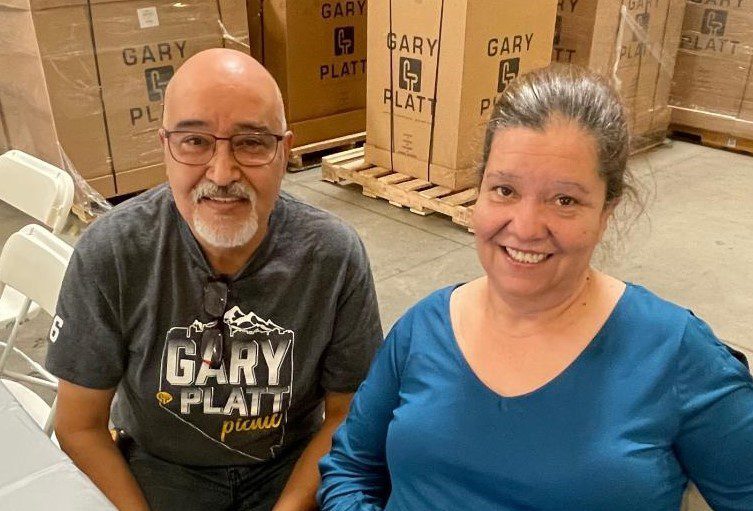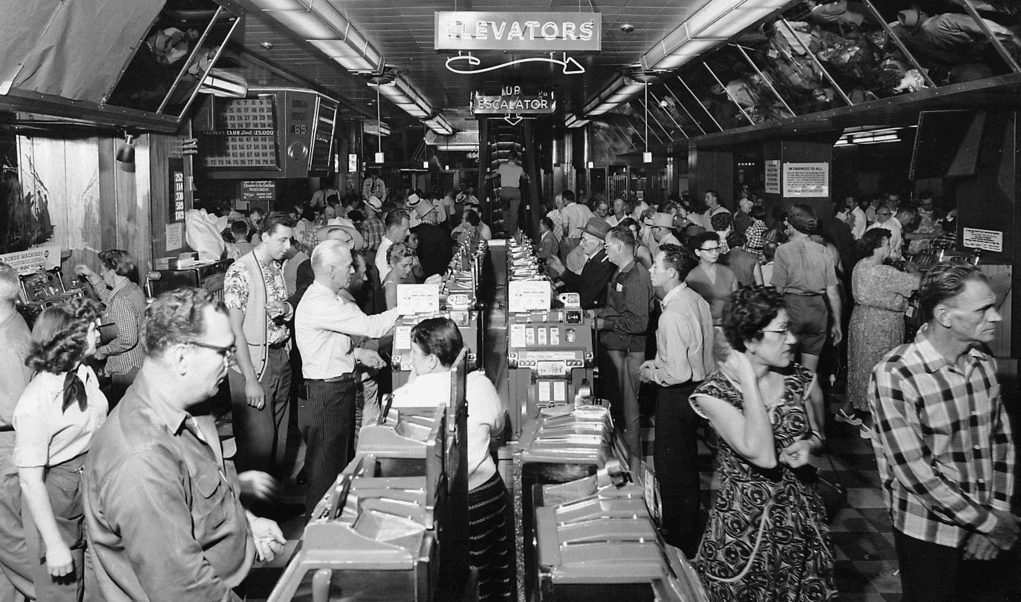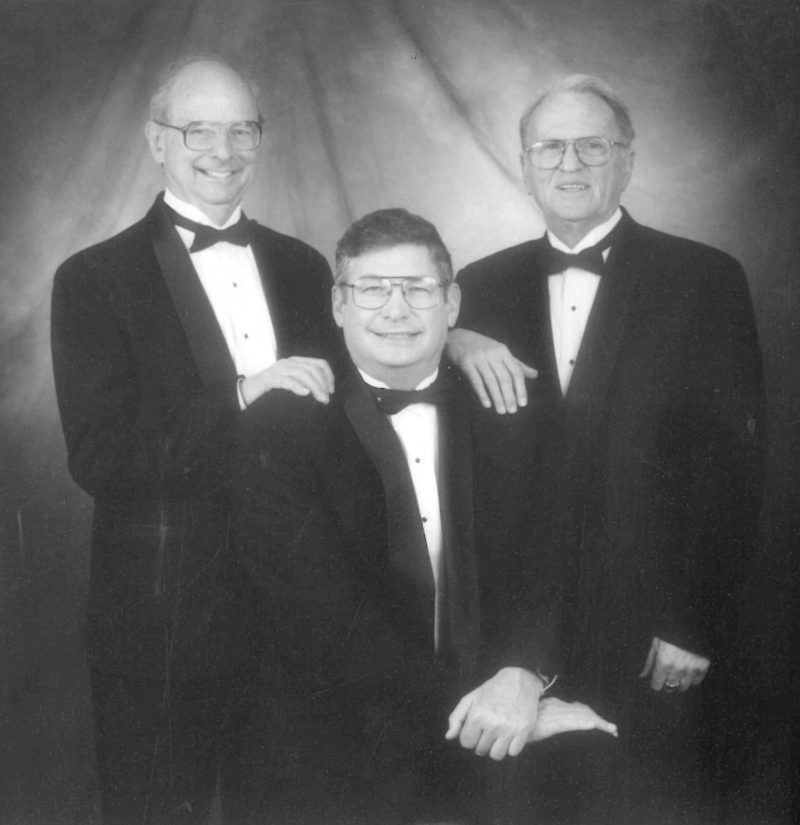Last month, Gary Platt Manufacturing in Reno, NV celebrated a production triumph: one million casino chairs. The event was noteworthy on its own, and it gained coverage in regional media and here on CDC Gaming. But this ceremony was representative of far more. It focused attention on one of the key developments that elevated slot machines from a table game amenity into today’s major source of casino revenue.
I have my own personal list of the critical milestones that helped make our “one-armed bandits” into the “kings of profitability” (in roughly chronological order):
- Charlie Fey and his Liberty Bell spinning-reel slot machine with automatic pays (1895)
- Legalization of gaming in Nevada in 1931
- 1964’s Bally “Money Honey,” the first electromechanical slot machine
- Si Redd at Sircoma/IGT for popularizing video poker
- James Saxton (’75) and Inge Telnaes (’84) for their work on virtual reel technology that made slot payouts much richer than normal physics would allow
- The folks at Bally and EDT (and John Acres) who pioneered the first accounting and marketing systems (mid-70s)
- Gaming’s spread to New Jersey (1976), followed three years later by the first Indian casinos (Seminoles in ’79)
- The team at IGT for creating Megabucks (’86) and the “wide area progressive” concept of shared gigantic jackpots (this kept the lottery at bay)
- The JCM embedded bill validator in 1990, thanks to “Aki” Isoi
- The teams at Aristocrat and Mikohn who devised “Mystery” progressives
- Ticket In-Ticket Out (TITO) technology, first launched by MGM in 1992
- “Branded” products inspired by IGT’s “Wheel of Fortune” (1996)
- All the Australian pokie players for convincing us that “pennies” really would work
Another entry on the list began in the mid-1950s and accelerated in ’96. While it’s frequently overlooked, “time-on-device” is still the ultimate KPI for slot profitability. And there are three individuals who played a major role in moving that metric from minutes into hours. One name is familiar; the other two are a bit less well known, but just as important: Gary Platt, Bob Yabroff and Leonard Einhorn.
As mentioned above, on June 21, 2022, the company those three founded celebrated the production of their one millionth casino chair. The majority of those were, or are, sitting in front of a slot machine.
The number is even more significant since even 20 years after the legalization of slot machines in Nevada in 1931, you couldn’t find a chair or stool at any slot in Reno or Las Vegas.
In the 1950s photo above of Reno’s famous Harold’s Club, every slot player is standing. That was much the same scene that a young visiting salesman Gary Platt saw in 1959 while playing blackjack in Las Vegas. There were chairs at the table games, but you had to stand to play the machines.
Platt was then a rep working for L&B West, a restaurant-furniture manufacturer. It seems hard to believe today, but he was the first to come to the realization that players might stay longer (and play more) if they had a place to sit.
Platt recalled his first gaming chair efforts to CDC’s lead contributor Rege Behe in an article last year: “Working with Paul Endy of Paul-Son Gaming Supplies, I sketched a 12-inch-by-12-inch seat with straight legs on a yellow pad. A gaming operator owed Endy money … [and he] promised the operator that he’d pick up the slot stools in two weeks, at no cost, if he was unsatisfied. The morning after he received them, I got a call from Paul asking me how quickly I could get him 100 more chairs. The money [the slot machines took in] went up, not 5% or 10%, but astronomically. It was just huge.” Casinos statewide installed stools almost overnight.
Einhorn and Yabroff were also working at L&B alongside Platt at their California headquarters. Together they realized the potential of concentrating on the casino market, despite the fact that gaming was still restricted to Nevada, New Jersey and a few Indian reservations. The three incorporated in 1996 and first opened a small operation in Perris, CA.
However, with slots booming, they strategically wanted to move to Reno to be close to International Game Technology. Gary Platt Manufacturing opened in a small section of a much larger building just a few blocks away from IGT in 1999.

Juan Escobar (shown with his wife Araceli) was one of the six GP team members who moved from Perris to Reno in 1999 and is still making chairs with them today
Six line employees, along with Yabroff, made the move from Perris to Reno in ’99. Remarkably, all six are still with the company 35 years later, and they each had a hand in building those one million chairs. With continued growth, Platt expanded to take over the entire original 88,000 sq.ft. building where they started.
Einhorn died in 2010. Yabroff retired in 2018, but still drops in on a regular basis to chat with team members. Gary Platt is now 96, but he has been known to make occasional appearances at the GP booth during gaming trade shows. Las Vegas Magazine honored him with a lifetime achievement award this last January.
Joe Esposito joined Platt five years ago as CEO when Yabroff retired. He came from major manufacturers like Corning Glass to provide some additional expertise in production techniques. He credits much of the success of the current designs to their chair’s strength and durability.
He said he knew operations well when he joined Platt, but it was a learning experience entering gaming. “The team here had the artistic side of designing chairs down 100%.” My role was simply to help in transitioning to higher production volumes in the future.
What’s so special about building casino chairs compared to any other seat? They need to be both comfortable and long lasting, as they get 24/7 usage from guests who are not always genteel.
Platt’s head designer Ed Abadie told me a few years back, “We examine every detail, tear it down, and rebuild it our way, to make it functional. Stability is a key. The spread of the frame and legs and the design of the base help the products safely withstand them all-the sprawlers, the teeterers and the would-be tippers.” That last category does not refer to those who might pay gratuities, but rather the patrons who are prone to alcohol-induced balance problems.
Indeed, numerous generic furniture builders have entered the casino market over the years, only to have trouble with durability, longevity or liability. While there are still a half dozen or more suppliers of casino chairs, only Ohio-based competitor Gasser Chair Company and Platt have earned solid credentials over the decades to meet the demands of the specialized casino market. A few years back, Platt surpassed their long-time rival to now lead national production numbers.
Admittedly, “comfort” took a back seat to “size” in the early prototypes Platt first created. Slot aisles were narrow, as the most space was allocated to craps, roulette and blackjack tables. Therefore, the first designs were purposely small to fit the passageways. As mentioned, those slot chairs were simple stools with no arms or backs.
Today, things have changed. Abadie says, “The most important thing is comfort; it’s how we design a chair. The keys are the ‘three Fs:’ form, fit and function. The foam of each of our chairs is sculpted to support the player, alleviating pressure points and allowing for comfort and ease.”
In a 2017 interview with the Las Vegas Sun, retired GP president “Skip” Davis said, “It’s really all about the foam. It’s about the density and elasticity of that foam and getting that right. Then you have to work on the depth and designing into the foam the ergonomic features you need to give lumbar support and make sure there are no pressure points.”
The formula for success is no secret. The greater the comfort and convenience, the longer players play. From the basic square stool that Platt introduced, they (and Gasser) have made several significant improvements in the last two decades. Ergonomics played an important role with subtle changes like a three-degree backward tilt to the seat and a bolster in the lower back area. Both moves increased lumbar support and improved comfort. Self-returning swivels were added to allow better guest movement and provide better machine/player alignment.
Several improvements have been made to make moving the chairs easier. These include handles at certain balance points and gliders on the bases.
 Platt was the first to install what many called a “hockey puck” on the end of each leg. While these may not win an award for style, they are celebrated by players who pull the chairs back to play, and those operators who’ve spent hours shoving the chairs back into alignment. These “pucks” make the task simple.
Platt was the first to install what many called a “hockey puck” on the end of each leg. While these may not win an award for style, they are celebrated by players who pull the chairs back to play, and those operators who’ve spent hours shoving the chairs back into alignment. These “pucks” make the task simple.
Perhaps the most important innovation in seating in the last 30 years has been matching chair height to the individual machine. A player’s hands should be at the same level or lower than the elbow. It improves blood flow and is more relaxing when activating the button panel. For years, standard chairs were too low, with the players’ hands way above the elbow. That position quickly becomes tiring. Likewise, with slant-top games, chairs that are too high to prevent the player’s legs from going under the button deck make playing awkward.
Other innovations have met with mixed success. Massage chairs are wonderful, but they require permanent attachment to the base or floor (for power), which reduces movement and flexibility. Likewise, arms on chairs add comfort. However, they take up space in the standard 28″ footprint between slots. It is also difficult to determine a proper arm width which will accommodate both petite and rotund players. Likewise, fixed-base seating ensures chairs maintain perfect alignment, but only Goldilocks seems to be a fan. For everyone else, the chairs always seem too far away from, or too close to, the button deck.
Buying the best chairs you can afford with a balance of features is critical (they range in price from an entry level of $275 to custom builds at $800 or more). Once you have the right chairs, it can still be a never-ending battle to keep them at the right machines as they magically move about the floor. Likewise, a dirty, stained, or torn chair can instantly erase your branding as a quality operation. But consistently providing excellent seating is well worth the effort if you want to achieve increased time-on-device.
It will probably be a lot less than 23 years for Platt to reach the two million mark. Not only are new casinos opening on a regular basis, but the company is expanding beyond gaming chairs, using their reputation to provide seating for conferences, conventions, restaurants, and hotel furniture.
The sales team is very consistent and experienced. In fact, our sales people have hundreds of years of chair sale experience between them. They can provide a lot of expertise to help you make sure your customers have a great place to sit.
“Sometimes I just sits and thinks, and sometimes I just sits”
— Winnie The Pooh








